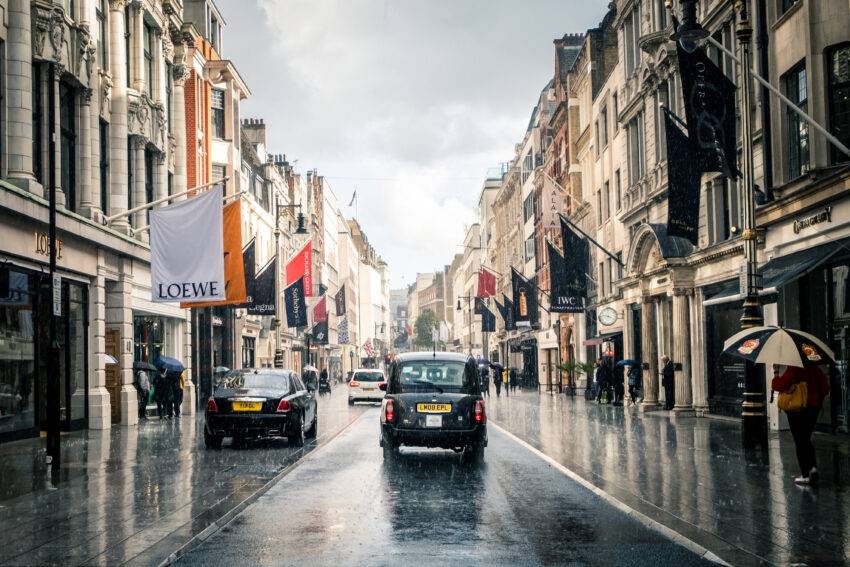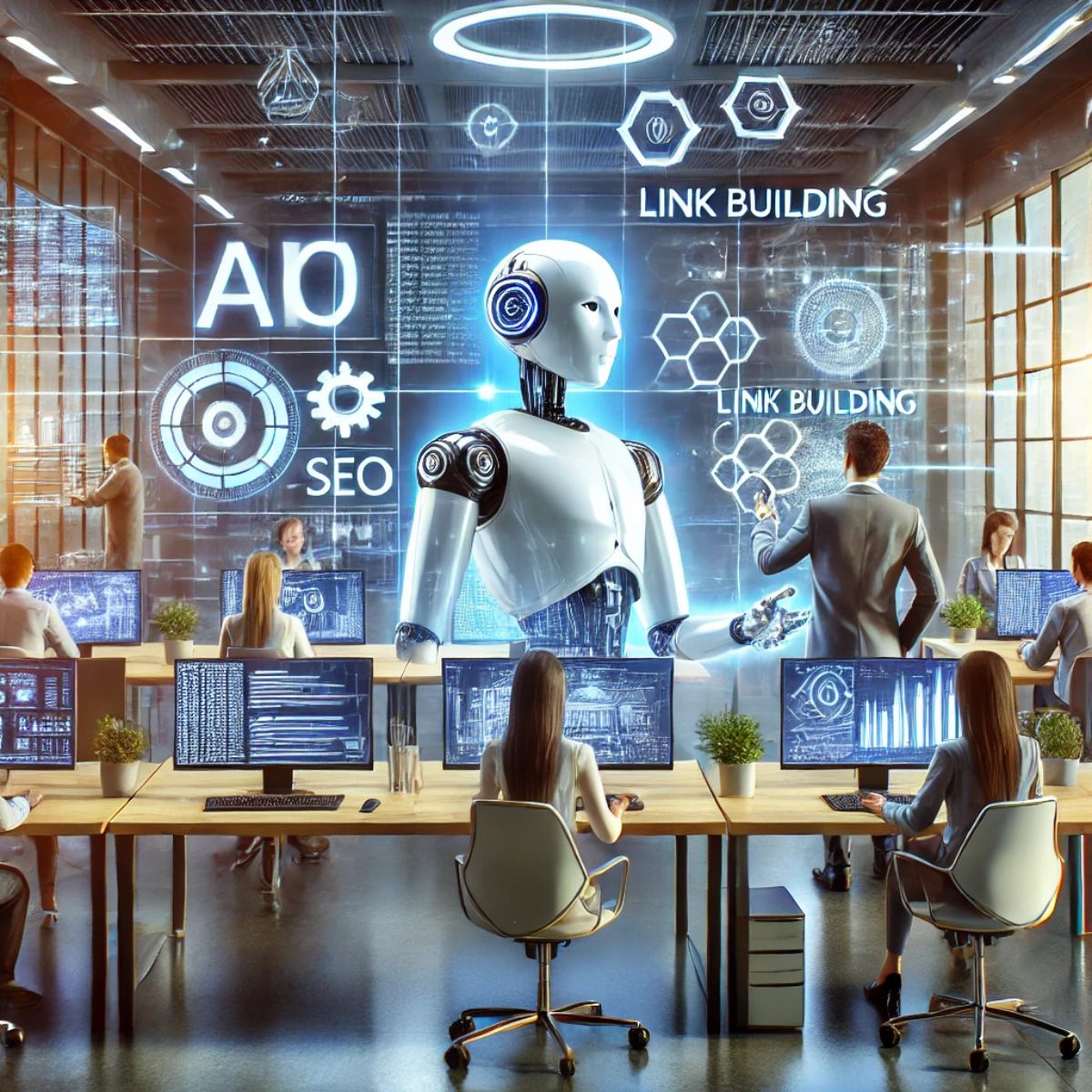She’s coached execs at Amazon, Airbnb, and Stripe. These are her neuroscience-based tools for transformative leadership
Katia Verresen has a wish “for people to understand, feel, and embody the truth of their creative power.” “I fundamentally believe that we are born creators and we can design for anything,” the executive coach says. “We have this creative agency and sovereignty. I’ve noticed that so many people have forgotten that. . . . To understand this is to be connected to what I call your Inner Power: It’s this compass you have inside of you. We’re all born with it.” Verresen’s Inner Power framework has four pillars of energy: physical, emotional, mental, and creative. Her approach—informed by her experience in psychology, somatics, and neurolinguistics—has shaped her impact coaching leaders across companies such as Airbnb, Amazon, Stripe, and more. It’s also the basis of her Foundations of Inner Power fellowship: an eight-week program for founders, executives, and investors to transform their mindset from scarcity and reactivity to abundance and creativity. During the fellowship, each leader completes an abundant and scarcity thinking profile, which is where Verresen witnesses “aha” moments: “This one fellow, all of the sudden, had this look on his face and said: ‘Wait a second. So, all the opportunities I see when I’m in abundance, they also exist when I’m in scarcity, except I can’t perceive them.’ I literally saw his mind blow up and I knew: Now his life is about to change. I got an email shortly thereafter that said: ‘I finally said yes to my dream job.’ You just need to break through.” This is the shared experience of her alumni, who consistently describe how her teachings have transformed their lives and careers. “What I’ve noticed is that when people have access to these levers and tap back into their creative energy, the consequence is that they can only realize their dreams,” she adds. “We’re a series of realized dreams.” Here, Verresen offers an exclusive look into her framework and shares neuroscience-based tools to wire our brains to see, create, and operate in a world of greater possibilities. This interview has been edited for length and clarity. Physical energy is the foundation of Inner Power, where the goal is to have a thriving nervous system. How do we sustain a thriving nervous system, and how does that influence the way we show up for ourselves and others? Physical energy is one of the four pillars in Foundations of Inner Power. We start with that one. Most people will say things like “I need to work on my confidence.” “I have a hard time with conflict.” “I’m really stressed.” All of those statements are actually a sign that your nervous system is in dysregulation. That’s all that is. So to me, what matters is teaching people that in under five minutes, in simple ways, once they identify that they’re in dysregulation they can, as we say, tend and befriend themselves. There are certain things that you can do, such as boxed breathing or for a few minutes choose to inhale and have a longer exhale. We’ve had people do jumping jacks or dance to their favorite song. Another way is [grounding]. I have a practice where you lie on the ground, completely surrender for five minutes. All of these different tools will get you into regulation. People do them between meetings and notice that it’s a higher baseline. The reason this matters so much is that we are nervous systems talking to each other. Inner Power is for you to say, “Since that’s the case, when I’m connected to my Inner Power—and I choose to be in charge of my own sense of safety, connection, and trust with myself—I can step into this situation, show up as a leader, and have others match me, rather than being in a default setting where someone else’s nervous system takes over.” When we’re deliberate and intentional, it has huge consequences for our own health and well-being, but it also ripples out to other people. To me, leadership is being the calm within the storm, and it starts with your neurology. That’s why we always start with physical energy. Emotional energy has a transformative impact on directing our Inner Power. Still, you share that despite an emotion lasting only 90 seconds, it often leads to burnout. How can we assess our emotional altitude to fulfill our needs and return to a place of abundance? I think of emotions as an energy bucket. Emotions can give us so much energy, but because we’ve been trained to suppress them, we’re missing out on all of this rocket fuel. If you take a moment to think of a memory of something you enjoyed and take a breath on that, you’re going to notice how fast that stimulus is going to generate wonderful chemicals in your body. So there is a stimulus. Then there’s a neurochemical reaction that lasts 90 seconds. Our role is to move through the emotion. It’s energy through motion. But when we stay stuck in that emotion, that’s when burnout occurs. What I want people to start thinking about is not Do I have enough time for this? but rather How much energy do I
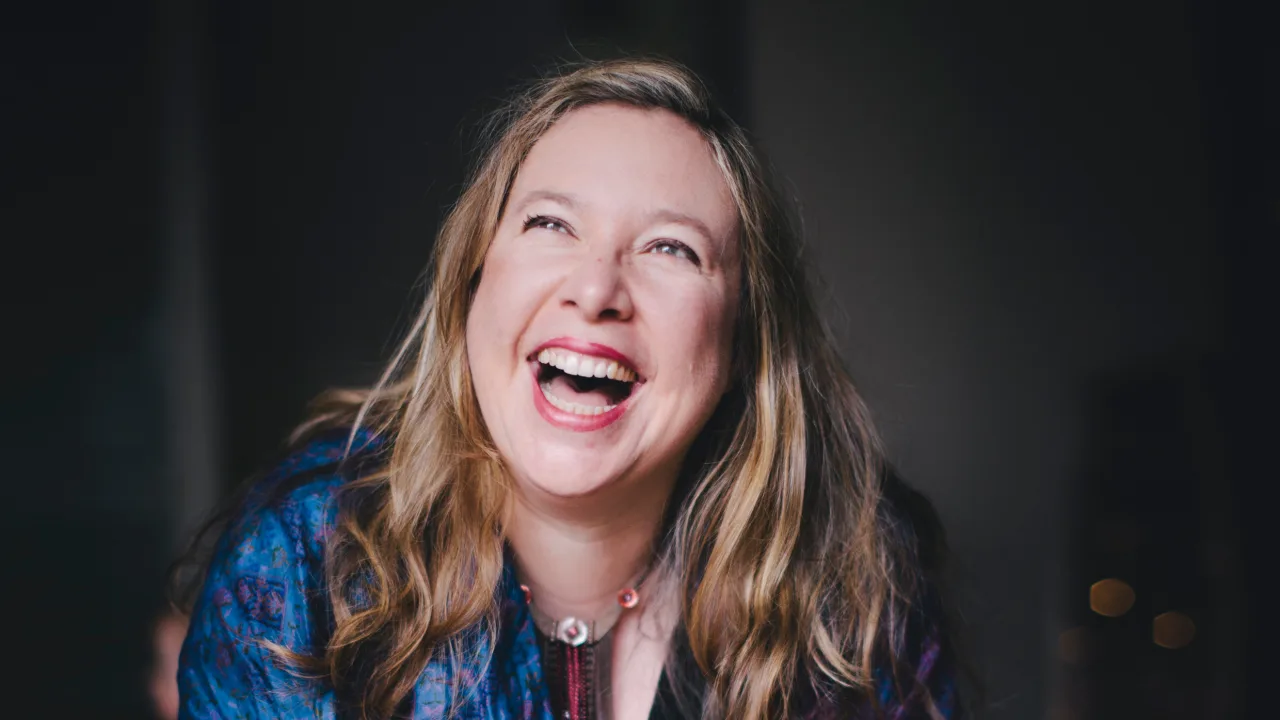
Katia Verresen has a wish “for people to understand, feel, and embody the truth of their creative power.”
“I fundamentally believe that we are born creators and we can design for anything,” the executive coach says. “We have this creative agency and sovereignty. I’ve noticed that so many people have forgotten that. . . . To understand this is to be connected to what I call your Inner Power: It’s this compass you have inside of you. We’re all born with it.”
Verresen’s Inner Power framework has four pillars of energy: physical, emotional, mental, and creative. Her approach—informed by her experience in psychology, somatics, and neurolinguistics—has shaped her impact coaching leaders across companies such as Airbnb, Amazon, Stripe, and more. It’s also the basis of her Foundations of Inner Power fellowship: an eight-week program for founders, executives, and investors to transform their mindset from scarcity and reactivity to abundance and creativity.
During the fellowship, each leader completes an abundant and scarcity thinking profile, which is where Verresen witnesses “aha” moments: “This one fellow, all of the sudden, had this look on his face and said: ‘Wait a second. So, all the opportunities I see when I’m in abundance, they also exist when I’m in scarcity, except I can’t perceive them.’ I literally saw his mind blow up and I knew: Now his life is about to change. I got an email shortly thereafter that said: ‘I finally said yes to my dream job.’ You just need to break through.”
This is the shared experience of her alumni, who consistently describe how her teachings have transformed their lives and careers. “What I’ve noticed is that when people have access to these levers and tap back into their creative energy, the consequence is that they can only realize their dreams,” she adds. “We’re a series of realized dreams.”
Here, Verresen offers an exclusive look into her framework and shares neuroscience-based tools to wire our brains to see, create, and operate in a world of greater possibilities.
This interview has been edited for length and clarity.
Physical energy is the foundation of Inner Power, where the goal is to have a thriving nervous system. How do we sustain a thriving nervous system, and how does that influence the way we show up for ourselves and others?
Physical energy is one of the four pillars in Foundations of Inner Power. We start with that one. Most people will say things like “I need to work on my confidence.” “I have a hard time with conflict.” “I’m really stressed.” All of those statements are actually a sign that your nervous system is in dysregulation. That’s all that is. So to me, what matters is teaching people that in under five minutes, in simple ways, once they identify that they’re in dysregulation they can, as we say, tend and befriend themselves. There are certain things that you can do, such as boxed breathing or for a few minutes choose to inhale and have a longer exhale. We’ve had people do jumping jacks or dance to their favorite song. Another way is [grounding]. I have a practice where you lie on the ground, completely surrender for five minutes. All of these different tools will get you into regulation. People do them between meetings and notice that it’s a higher baseline.
The reason this matters so much is that we are nervous systems talking to each other. Inner Power is for you to say, “Since that’s the case, when I’m connected to my Inner Power—and I choose to be in charge of my own sense of safety, connection, and trust with myself—I can step into this situation, show up as a leader, and have others match me, rather than being in a default setting where someone else’s nervous system takes over.” When we’re deliberate and intentional, it has huge consequences for our own health and well-being, but it also ripples out to other people. To me, leadership is being the calm within the storm, and it starts with your neurology. That’s why we always start with physical energy.
Emotional energy has a transformative impact on directing our Inner Power. Still, you share that despite an emotion lasting only 90 seconds, it often leads to burnout. How can we assess our emotional altitude to fulfill our needs and return to a place of abundance?
I think of emotions as an energy bucket. Emotions can give us so much energy, but because we’ve been trained to suppress them, we’re missing out on all of this rocket fuel. If you take a moment to think of a memory of something you enjoyed and take a breath on that, you’re going to notice how fast that stimulus is going to generate wonderful chemicals in your body. So there is a stimulus. Then there’s a neurochemical reaction that lasts 90 seconds. Our role is to move through the emotion. It’s energy through motion. But when we stay stuck in that emotion, that’s when burnout occurs.
What I want people to start thinking about is not Do I have enough time for this? but rather How much energy do I have and how might I fill myself back up?
In physical energy, you’re tending to your nervous system. In emotional energy, you’re locating yourself. The first thing is labeling emotions. We’ve found that when people label their emotion it calms the amygdala down (the part of our brain that does fear and survival). Labeling—just being aware—helps you to diffuse. The second is the neurochemical reaction of an emotion. Think of it as a filter that colors your experience. You’re having an experience that is constantly colored by your emotions. Depending on how much emotional energy you have, it’s going to determine how much of the experience you’re perceiving. That’s why the third [step] is locating yourself on the Emotions GPS. If you’re at boredom and under, chances are you’re a little depleted, which means you may have less energy and might be perceiving less of what’s possible, because your brain is going to delete and distort information. If you’re at contentment and above, you’re probably going to have an accurate lens and much more ability to perceive what’s possible.
Now, what’s really important . . . every time I teach this, people—particularly in the U.S.—have judgments about You’re always supposed to be happy. The thing that matters tremendously when it comes to emotional energy is to be like children, which is 100% approval for every single emotion because emotions are information. Emotional energy gives you rocket fuel when you label, locate yourself, and give yourself 100% approval. Then you might choose to fill yourself up.
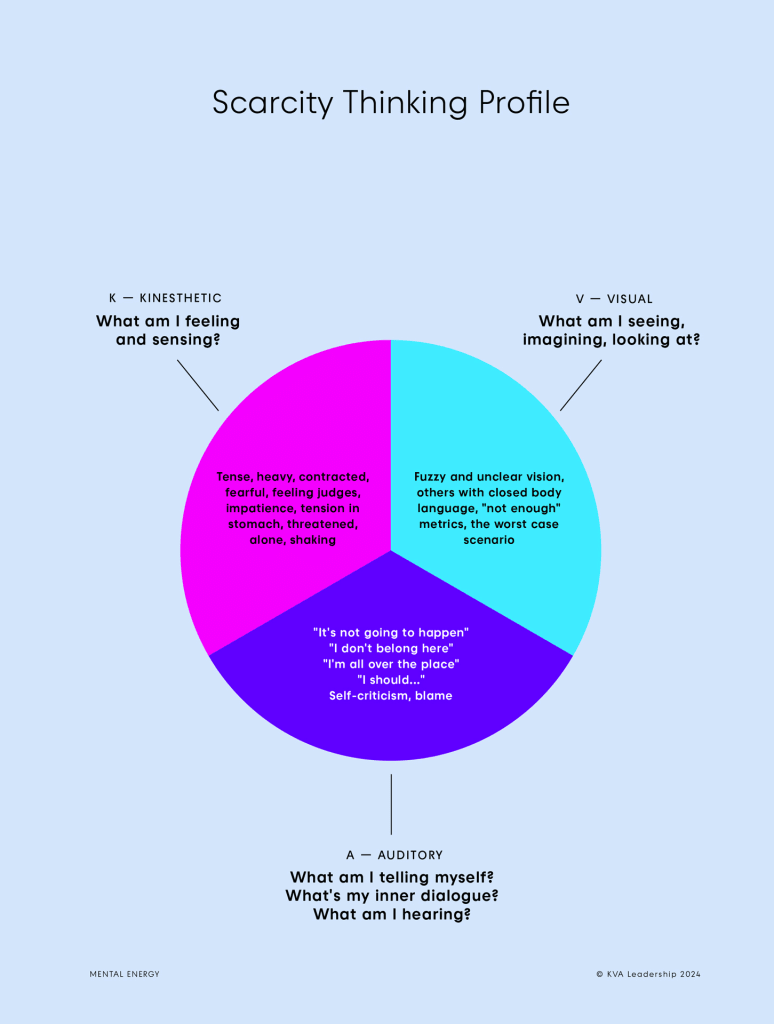
In your decades of coaching, you’ve observed a recurring theme that joy is taboo. Because we’re so used to suffering, we panic when things are easy. First, how can we internalize the philosophy of Better Than Imagined? Then, how can we locate ourselves to shift from scarcity to abundance?
There are two things that I noticed early on in my practice, which at the time were surprising. One is that when people were reaching levels of success that were beyond their map, and things were going well, they would freak out. But when things were hard, it was normal for them. We’re conditioned for that. People will [think] The other shoe is going to drop. This can’t last. That’s what is called a joy upper limit. Our neurology is used to the movie we’ve experienced thus far. The minute we experience more joy or goodness than we’ve experienced [before], or our families experienced [before], the system doesn’t have data to know if this is survivable. There’s going to be a normal freak-out.
The second part that I noticed is when people shared their dreams, they would do a preemptive surrender. It would just be a good dream, but I wasn’t seeing what got the sparkle in the eye. I’m known for helping people have permission for their creative imagination. I know we hit their North Star when they can’t help but smile and their energy is beaming.
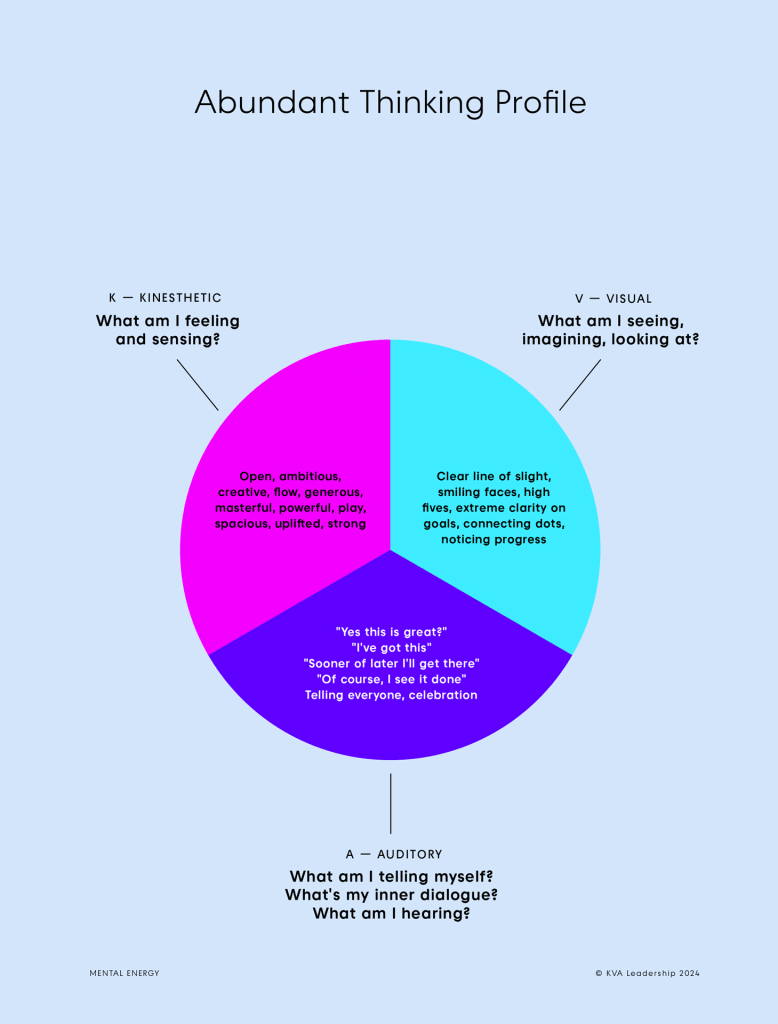
We have to understand why this happens and why this is so normal. We can only perceive what we’re used to seeing. It’s important for us to understand that we’re perceiving only 1% of what’s possible; 99% exists around us, but we’re not perceiving it. Why aren’t we? One, we have emotions that are filtering. And two, our beliefs operate like a sieve. They only let in what we already know, which is why, for a lot of people, tomorrow looks like yesterday.
However, we’re always creating. So if in this moment, anybody looks at their life today—where you live, who you spend time with, what you love to do—and you go back 5 or 10 years, what you’re experiencing today would blow your mind, even in everyday technology. We can’t comprehend it, and yet it happens. We have data that shows that these possibilities that we can’t imagine, they exist. It’s just that we can’t perceive them in this moment. So, it’s the willingness to say, “There’s 99% of possibilities that I can’t see. But I do know they exist. I’m staying connected to that.” This is really important when you’re a leader because . . . I define leadership as taking people where they never thought they could go. In order to do that, you need to [already] be in that 99% that people can’t see yet. What I often tell clients is: “When you’re the one who sees, you have to show others.”
Brain loops help us execute Better Than Imagined. How might you lead an individual or team through this and how does it “increase our wiring for greater possibilities”?
The reason brain loops matter so much is because I was seeing with high performers that they would set a goal. They would achieve it. Then they continued running the marathon. They crossed the finish line, but they kept running. The issue with that is that your brain needs to register that you wished for something and you made it happen. You need to create a call and response between your asking and your receiving. Otherwise, what happens is when you’re starting a new creation, you’re doing another zero to one. You haven’t benefited from the momentum of the creations you’ve completed. [Brain loops are] one of the practices that matter tremendously in order to build your creative energy and cultivate your imagination, because one of the things that stops us with creative energy is doubt: Will I get there? Will it happen? But when you create brain loops, you realize: I wished for this. Then I made it happen. That starts to eliminate doubt in a significant way based on your actual track record—not positive or wishful thinking, your actual track record.
What I have leaders do is [say]: “Let’s go back to what we’ve done so far. We said we were going to do this. It seemed impossible and we did it.” I have them loop the launch back to when they said they were going to do it. What that does is it pumps people up because it supersedes their inner critic. That’s the role of the brain loop: to supersede the inner critic, inner dialogue, and doubt by showing the actual facts of what was created.
You’ve also shared that “the brain doesn’t do OKRs and to-do lists. It does senses.” How can we use feelings, images, and sounds to accelerate our personal growth and achieve our goals? Then, how can we create the same effect for others?
The way you use the fact that the brain does this is you can choose to create feelings, images, and sounds for experiences that are pleasing to you. We are an awareness that’s observing our thoughts. We are not our thoughts. We have 60,000 thoughts a day, most of them are repeated. When a thought is repeated long enough, it turns into a belief and that belief gets wired in. That’s what creates the sieve of what can come in or out. How do you become the architect of the sieve? By spending more time savoring experiences that you want to have more of, because you’re telling your brain: More this, more this, more this.
One of the ways people create change is when they learn that their brain is wired this way. People will have [these pleasing experiences] as anchors and reflect on them. They will report, over and over again: “I put my attention on this experience, let my physiology load it up, and looked at it between meetings. Best week.” It becomes the new baseline. So, you have less joy upper limits because your body realizes: Something that feels this good, we’re still alive. So, this can be included in our baseline.
You can use that to be in states of abundance longer, but you can absolutely do it for goals. When you’re thinking about a new initiative, or any creation, breaking it down. When this creation will have happened, step into that movie: What is it going to feel like, look like, and sound like? That’s your KVA for that experience, and that’s what you share with your teams. Going back to leadership as taking people where they never thought they could go. You need to live from that world. Then, you need to share that world.
It stood out when you emphasized the importance of unlocking our latent creative energy, where we’re no longer innovating solely to solve problems but to envision new possibilities. What steps can we take to expand our creativity and imagination?
That’s an important point because a lot of people say to me, and with pride: “I’ve been told I’m a great problem solver. I love problems.” What people underestimate is [that] the structure of the problem solution game has the structure of a rocking chair: You’ve got a problem. You get a solution. In order to have another solution, you need another problem. You’re back and forth. But the creative process is iterative. It’s like being an artist. You’re constantly iterating forward and learning. Another place where their creative energy can get stuck is when they’re comparing and focusing on competition, which means that your creative energy is going to be stunted at the level of your competition. You’re playing in their frame and game. You’re not playing in your own frame and creation because creation is limitless. I wanted to set those tracks down as the context as to why this matters so much.
One of my passions is reminding people of the power of their creative imagination. This has happened so many times. I’m talking to someone who has a headache, stomach ache, or tension in their solar plexus. I’ll say to them, “This doesn’t count. We’re just playing. Between you and me, in this situation, what’s the thing you really, really wish for? What would really be a big yes for you?” The person starts to describe this entire world of what they would really wish for. I have them soak in it a little bit longer: “Tell me what it feels like. Tell me what you’re seeing and hearing.” The headache goes away. The nausea goes away. The pinch in the solar plexus goes away.
As children, we used our creative imagination all the time. What allows us to expand that is I’ll say to people, “I’m inviting you to have a daydreaming practice. Give yourself permission to daydream on something that feels really good to you.” You don’t need to do anything about it, but that practice starts to bring out the creative energy. Then, when it’s needed at a different time, it’ll pop up.
You’ve shared that “the most flexible element in the system has the most power.” What is most important in releasing our attachment to outcomes and surrendering to the magic step?
People often get triggered with the word power because they’re thinking command, control, and force. If you look at the Emotions GPS, power is actually at the top. But when someone is exerting force, they’re coming from a place of powerlessness—the most power is done without force. When I talk about the most powerful element in the system being the most flexible, what I mean is when you are connected to your Inner Power and can locate yourself. So, you’re dealing with a situation where someone’s exerting force or there’s scarcity, the ability to have the flexibility of staying connected to your Inner Power and going: In this moment, I’m going to fill myself up. I have enough energy to perceive someone else’s mindset. I’m going to self-regulate and have them match my nervous system. The ability to shift perspectives and positions will absolutely mean that you’re the most powerful element in the system.
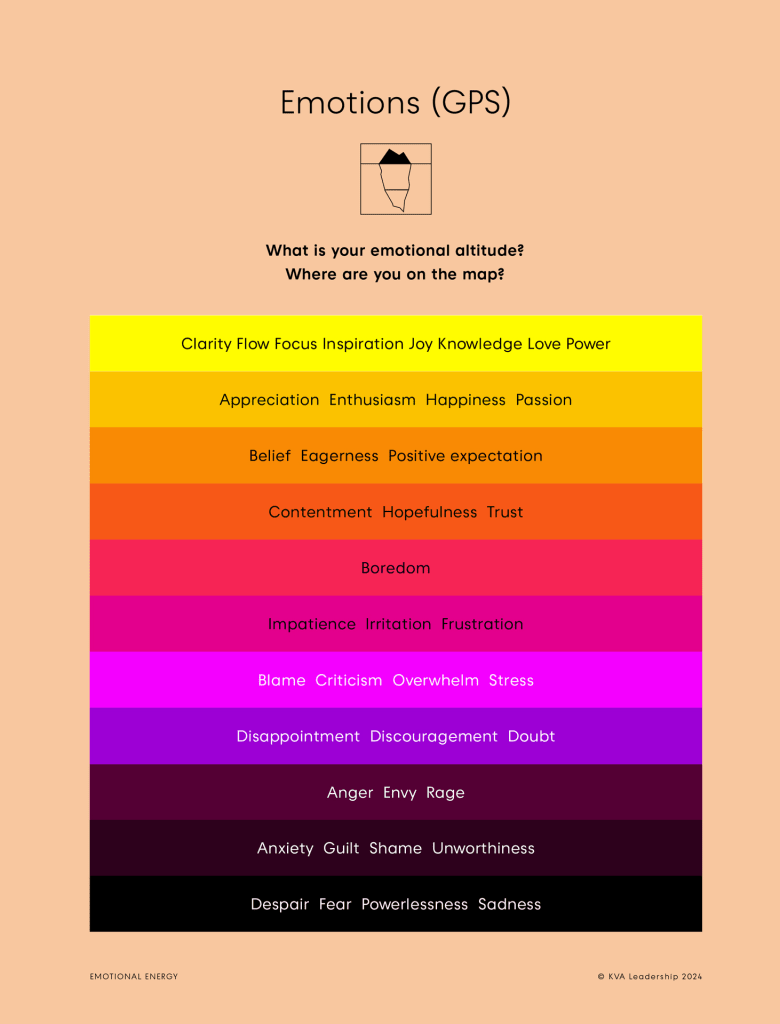
The question about surrender is an important question, because when I say that we’re born creators, I don’t say we’re born controllers. It’s a blessing because as the song goes: “You [can’t] always get what you want, but . . . you get what you need.” We go back to the 1% and the 99%. We only perceive 1% of what we think is possible. So that’s why we think: This is what I want. Then we get attached to the thing that we want.
It has been my experience, and people in the Fellowship will attest to this, that Better Than Imagined literally could not have been imagined. It’s part of that 99% that you can’t perceive. Your ability to let go of the thing that you know in order to embrace and welcome something you can’t even imagine is the magic step. People say, “I have to step out on faith.” I’m like, “Don’t worry about it. When you’re connected to your Inner Power, you’ve got this compass. Use the compass.” Every single time when we compare what they got and what they thought they wanted, it’s not even close.
Gratitude is an essential part of your approach. If you were to leave us with an impactful gratitude practice, what would it be?
The thing that’s important about gratitude is that when you experience gratitude and you give someone praise, their brain generates serotonin. One practice is when you think about the people in your life, you might choose to think What’s one quality about a person that you appreciate the most? What stories might you have about them that illustrate that quality? Then, take a moment to share that with them. When you take the moment to do that, you will be amazed at your life. What I realized, particularly as you stay connected to your Inner Power and you really get to see—I call it putting real-life glasses on—you realize that there’s so much more love in the world than we give ourselves permission to feel. It’s always there. It just wants permission to be invited in.



















